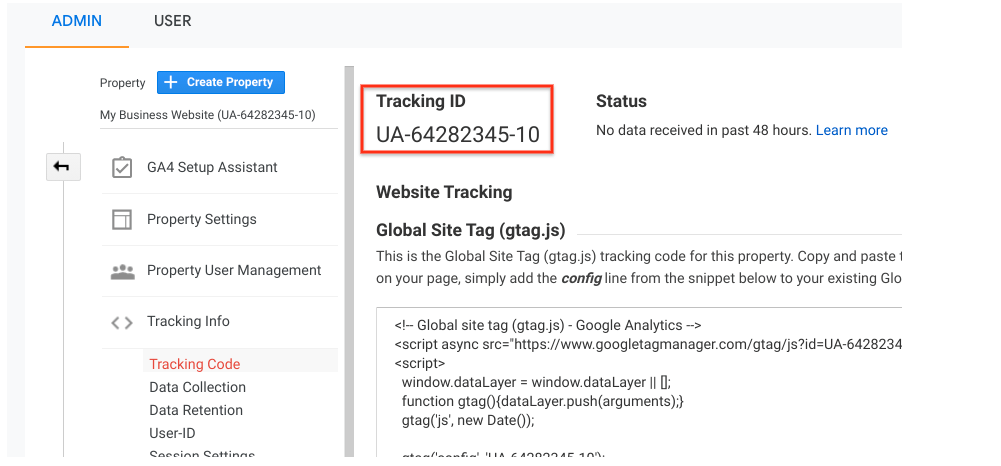Mastering the Art of Conquering Information Collection Limitations in Google Analytics for Better Decision-Making
In the world of electronic analytics, the capacity to essence purposeful insights from information is critical for informed decision-making. By employing sophisticated methods and strategic methods, organizations can raise their data top quality, unlock hidden understandings, and pave the way for even more educated and effective decisions.
Information Top Quality Evaluation
Data quality assessment includes reviewing various elements such as precision, completeness, uniformity, and timeliness of the data. One crucial facet to consider is information precision, which refers to just how well the information mirrors the real worths of the metrics being gauged.
Efficiency of data is another essential variable in assessing data top quality. Consistency checks are additionally important in data quality analysis to determine any type of inconsistencies or anomalies within the data set. By focusing on information quality assessment in Google Analytics, companies can improve the integrity of their analytics reports and make even more enlightened choices based on precise insights.
Advanced Tracking Techniques
Utilizing sophisticated monitoring methods in Google Analytics can substantially enhance the depth and granularity of data accumulated for more thorough evaluation and insights. One such strategy is occasion monitoring, which permits the tracking of particular communications on a site, like clicks on buttons, downloads of data, or video clip sights. By carrying out event monitoring, businesses can get a deeper understanding of customer behavior and interaction with their on the internet content.
Furthermore, custom-made dimensions and metrics supply a way to tailor Google Analytics to certain company needs. Personalized dimensions permit the creation of new information points, such as individual duties or client sectors, while personalized metrics make it possible for the tracking of one-of-a-kind performance indications, like income per user or average order worth.
Moreover, the usage of Google Tag Supervisor can simplify the implementation of tracking codes and tags across a website, making it simpler to take care of and deploy sophisticated tracking configurations. By utilizing these sophisticated tracking strategies, businesses can unlock beneficial insights and maximize their on the internet strategies for much better decision-making.
Custom-made Dimension Execution
To boost the deepness of data collected in Google Analytics beyond innovative monitoring techniques like event monitoring, businesses can execute customized dimensions for even more customized understandings. Custom measurements enable businesses to specify and accumulate certain information points that pertain to their distinct goals and purposes (What Data Does Google Analytics Prohibit Collecting?). By designating personalized measurements to different components on a web site, such as user communications, demographics, or session information, organizations can gain a more granular understanding of how individuals involve with their on the internet properties
Attribution Modeling Methods
By using the right acknowledgment design, businesses can properly associate conversions to the ideal touchpoints along the customer journey. One usual acknowledgment design is the Last Interaction design, which provides debt for a conversion to the last touchpoint a customer interacted with prior to converting.

Data Tasting Avoidance
When dealing with large volumes of data in Google Analytics, conquering information sampling is important to make certain precise understandings are obtained for informed decision-making. Data sampling occurs when Google Analytics approximates patterns in information instead of evaluating the total dataset, potentially resulting in manipulated results. To Website prevent information tasting, one reliable technique is to reduce the day variety being analyzed. By concentrating on shorter timespan, the likelihood of experiencing tested data declines, offering a much more precise depiction of user habits. Furthermore, utilizing Google Analytics 360, the premium version of the system, can aid minimize tasting as it permits greater information limits prior to tasting begins. Applying filters to narrow down the data being assessed can also help in preventing sampling problems. By taking these proactive steps to reduce information sampling, services can extract a lot more exact insights from Google Analytics, leading to better decision-making and enhanced total performance.
Verdict
Finally, grasping the art of getting over data collection limitations in Google Analytics is critical for making notified decisions. By performing a complete information top quality assessment, implementing advanced tracking strategies, using personalized dimensions, utilizing attribution modeling techniques, and preventing data tasting, businesses can ensure that they have exact and trusted data to base their choices on. This will eventually bring about more reliable approaches and better outcomes for the company.
